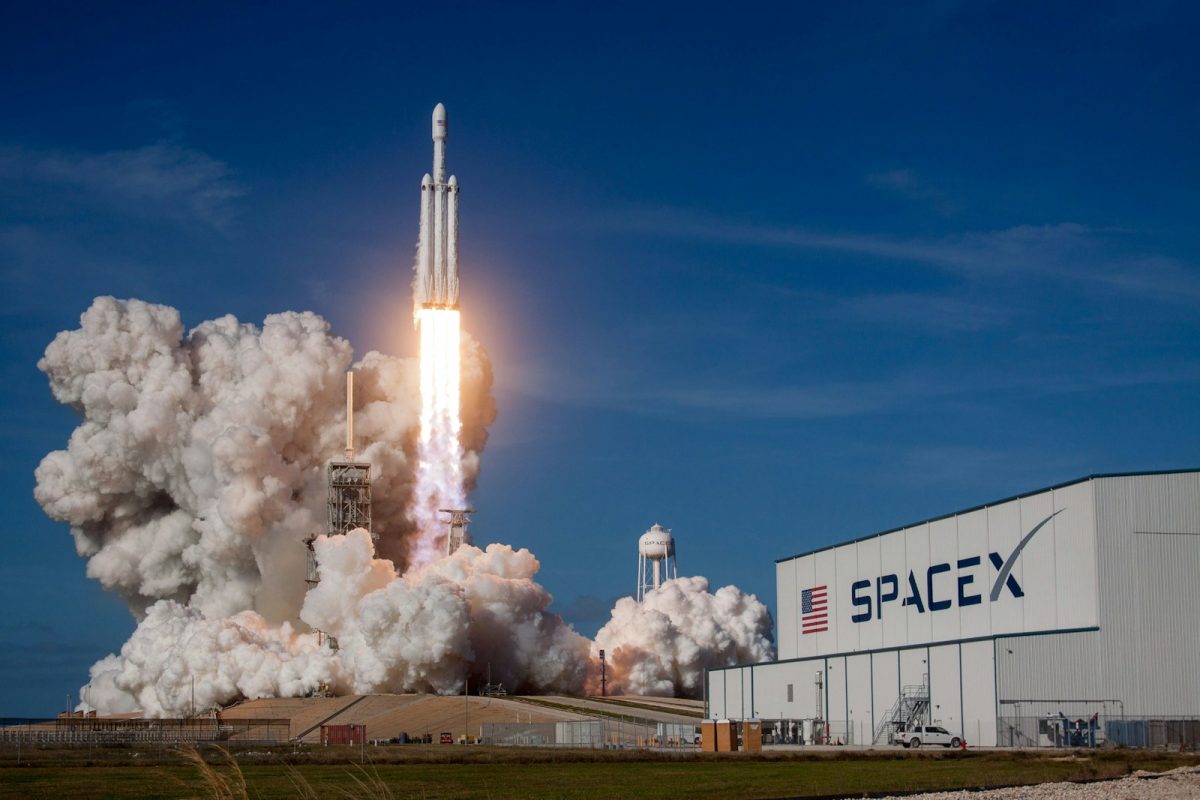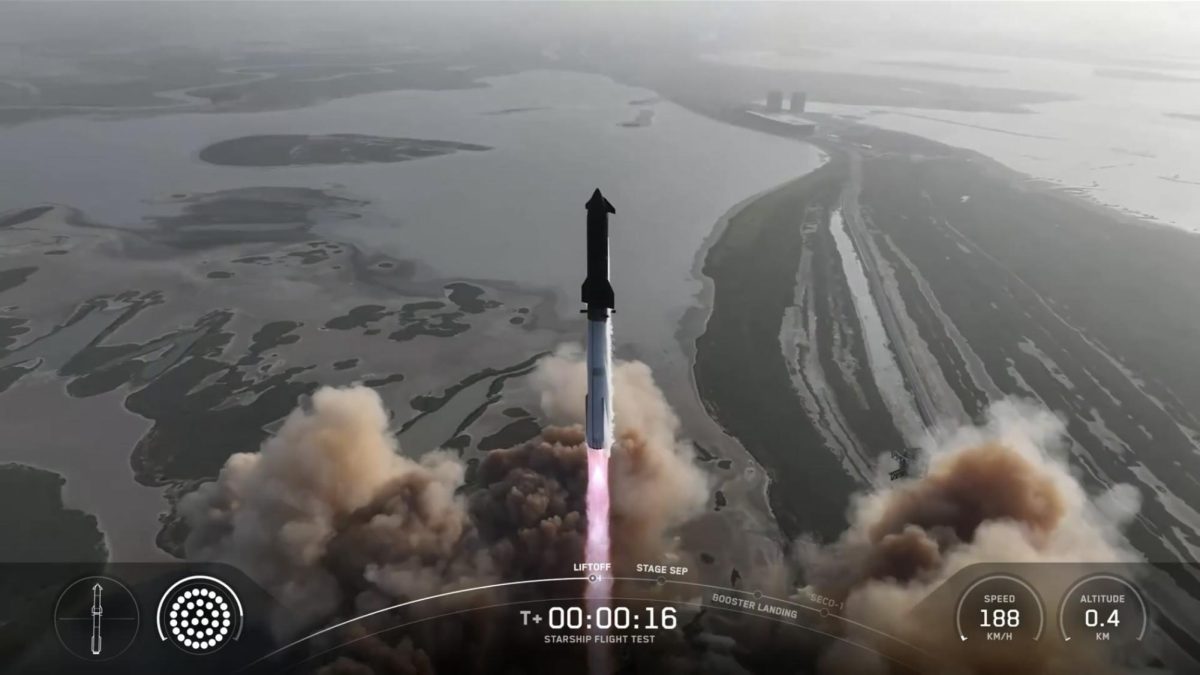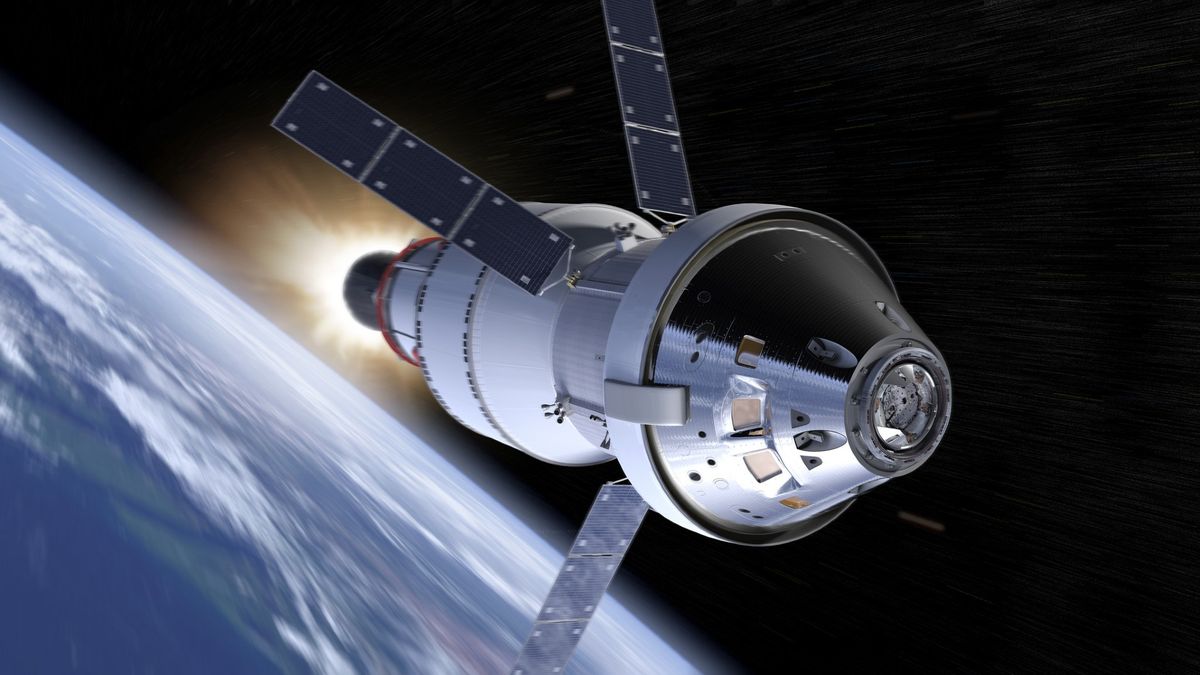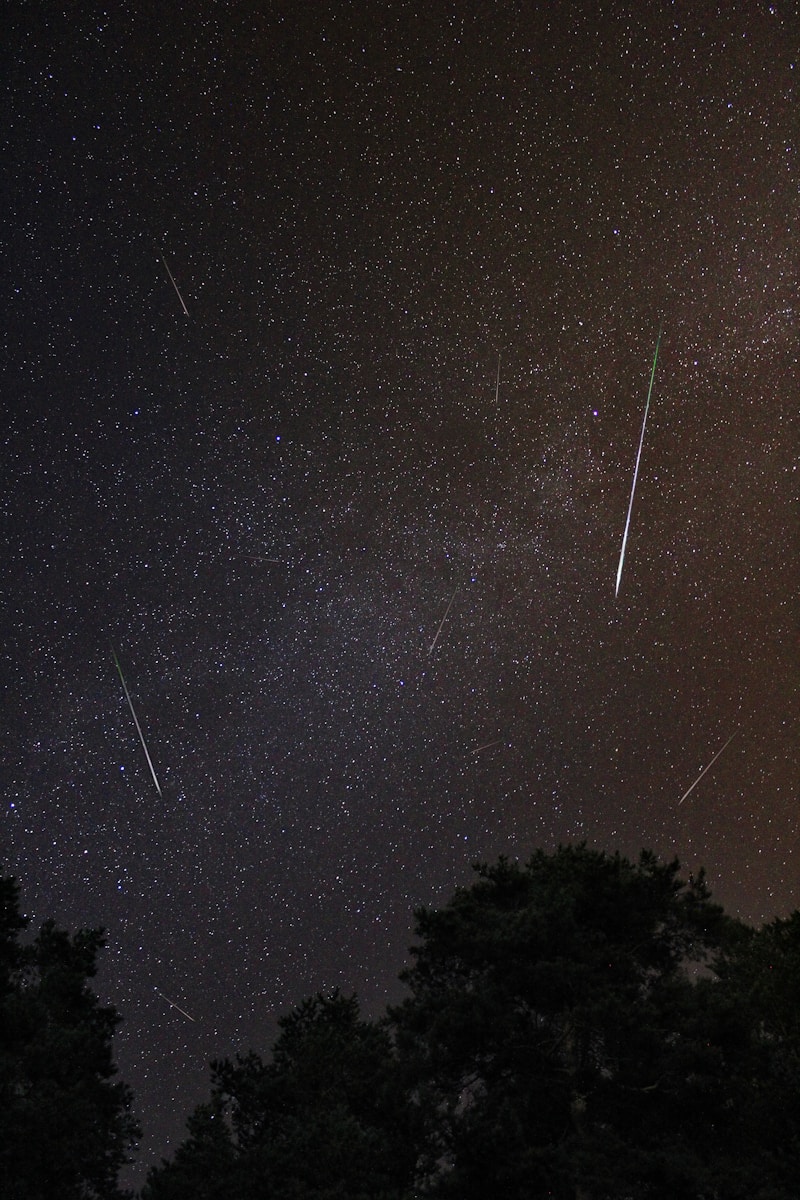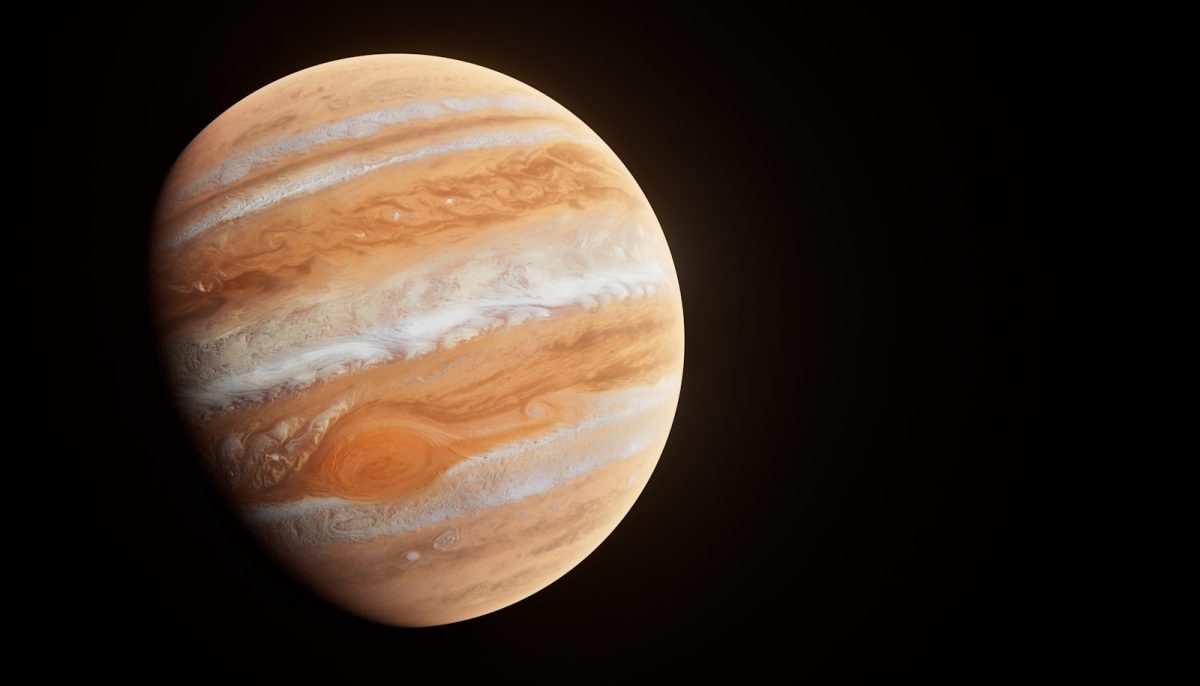On March 14th, 2002, Elon Musk founded SpaceX with the hope of revolutionizing spaceflight and making commercial spaceflight more accessible. Initially, SpaceX was struggling. Their first flight of the Falcon 1, in March of 2006, had failed, and subsequent launches failed to reach orbit. The company was on the brink of bankruptcy, but fortunately, SpaceX received grant of $1 billion from NASA. On May 25th, 2012, the SpaceX Dragon capsule, launched by the non-reusable version of the Falcon 9, docked with the ISS, resulting in shipping contracts for SpaceX, and jumpstarting SpaceX’s development for a reusable rocket.
The Reusable Rocket Dilema
When the Saturn V was designed, it was determined by NASA to be more economically viable to dispose of the rocket stages and parts into space or on the moon than to make one reusable rocket. After the Saturn V’s success, NASA understood the importance of a reusable rocket, or shuttle, so they made the Space Shuttle. The Space Shuttle was great for transporting heavy payload, but over time it slowly lost its value as the cost-per-launch rose higher and higher. Where NASA had failed, SpaceX saw an opportunity.
The Story of the Falcon 9
SpaceX had a different approach to the reusable rocket. While NASA only saved the upper stages, composing of the crew, payload, and main engines, SpaceX wanted to mainly reuse the rocket boosters. The rocket boosters were the most costly part of the rocket, and by saving them and making them entirely reusable, SpaceX could make a lot of savings.
SpaceX attempted to master the extremely challenging propulsive landing, which is landing using the rocket’s main thrusters. Parachutes wouldn’t work on the boosters, as the boosters ended up being extremely heavy and falling towards the earth at a great velocity. Initial propulsive landings failed due to various reasons, which is why this video exists:
SpaceX finally achieved the first ever landing on the ground by an orbital-class spaceship on December 21st, 2015, and a few months later, achieved the first ever landing on a droneship, on April 8th, 2016. Even though their goal was reached, SpaceX decided to keep on improving the design, further improving the reusability of the Falcon 9 and strengthening the components. One of SpaceX’s rocket boosters was shown to have been used for a total of 16 times over 3 years, showing how far SpaceX has come.
The Falcon Heavy and Starship
The Falcon Heavy was designed to be a significantly bigger Falcon 9, being able to haul 70 tons – or about 15 and a half elephants, compared to the Falcon 9’s payload of 25 tons, or about 5 and a half elephants. The Falcon Heavy’s first flight occurred on February 6th, 2018, where 2 of the 3 rocket boosters successfully landed. The payload was Elon’s personal Tesla Roadster, with a mannequin in a space suit, affectionately dubbed “Starman”, sat in the driver seat.
Starship, which is also paired with the Super Heavy rocket booster, is currently designed to be a fully reusable spacecraft and rocket booster, intended for rapid transportation between Earth and Mars. With a payload of 100-150 tons and a height of a whopping 397 feet, Elon Musk highly believes in Starship’s success, pinpointing the year 2029 as the year Starship is expected to reach Mars.
Related Stories:
https://www.britannica.com/topic/SpaceX
https://www.spacex.com/vehicles/falcon-heavy/
https://news.mit.edu/2023/boosting-rocket-reliability-material-level-1128
Take Action:
https://spacecenter.org/exhibits-and-experiences/spacex/
https://www.msichicago.org/explore/whats-here/events/chicago-landing-for-spacex-dragon-spacecraft/
